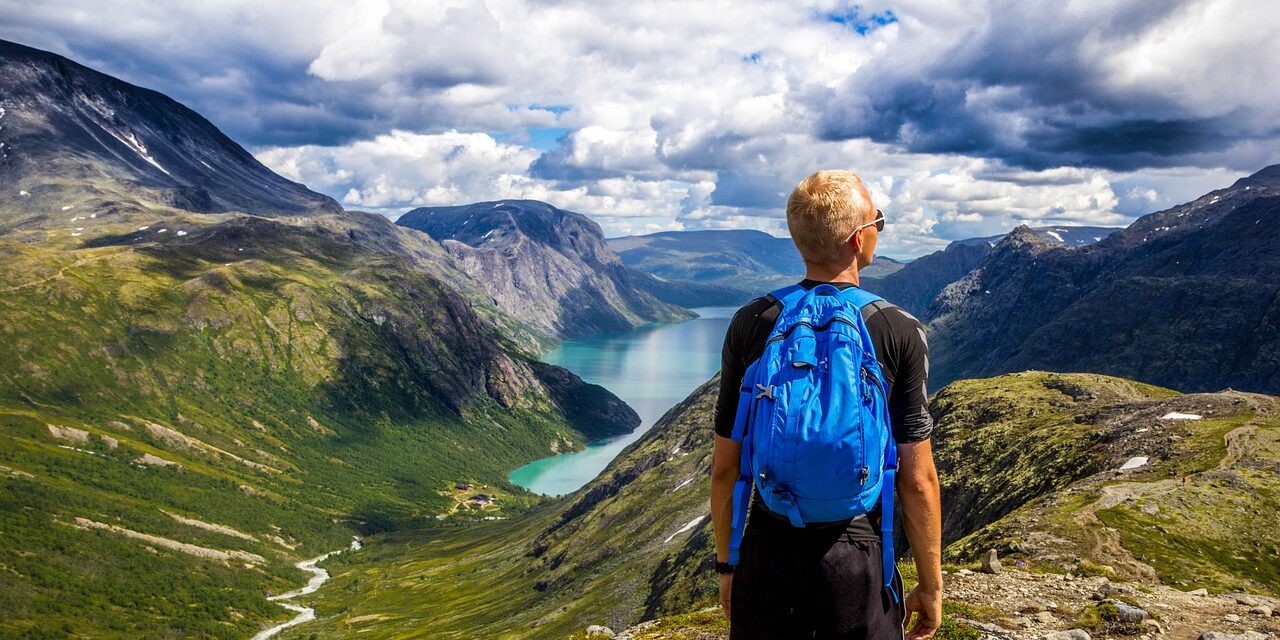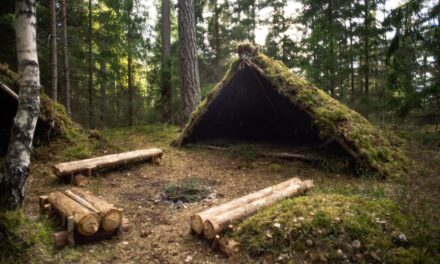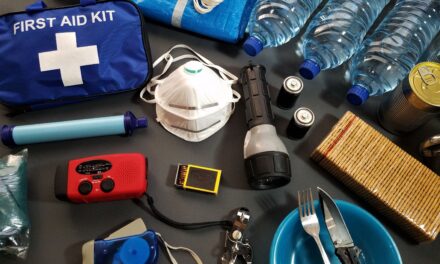Braving the cold demands more than just a strong will; it requires being equipped with the right survival gear to face the harsh elements. Cold climate environments pose unique challenges, including hypothermia, frostbite, and navigating through snow-covered landscapes. Whether you’re an avid adventurer heading into the wilderness, preparing for a winter emergency, or simply looking to bolster your cold-weather preparedness, understanding and acquiring the essential cold climate survival gear is crucial.
This comprehensive guide delves into the must-have gear for surviving and thriving in cold climates. From thermal wear to emergency shelters, we cover the spectrum of equipment designed to keep you warm, safe, and one step ahead of the unpredictable weather. Cold climate survival gear is not just about insulation and warmth; it’s about versatility, durability, and the ability to perform under extreme conditions. As we explore the key components of your survival kit, remember that the right gear can mean the difference between enduring the cold and embracing it.
Surviving in cold climates requires a multi-faceted approach, combining knowledge, preparation, and the right equipment. This article not only highlights the essential gear but also provides expert insights and tips on how to maximize their effectiveness. Whether you’re setting up camp on a snowy mountain or navigating icy trails, each piece of gear plays a pivotal role in your overall survival strategy.
The importance of being prepared for cold weather cannot be overstated. With climate patterns becoming increasingly unpredictable, having a well-thought-out cold climate survival kit is a wise and potentially lifesaving decision. So, let’s gear up and dive into the essential equipment that will keep you warm, protected, and ready to tackle the cold head-on.
Detailed Exploration of Cold Climate Survival Gear
Thermal Wear: The First Layer of Defense
Survival in cold climates begins with proper thermal wear. Key pieces include moisture-wicking base layers, insulating mid-layers, and windproof, waterproof outer layers. Materials like merino wool and synthetic fabrics offer the best balance of warmth, breathability, and moisture management. Remember, the goal is to maintain core body temperature without overheating and sweating, which can lead to rapid heat loss.
Footwear and Hand Protection
Durable, insulated boots and quality socks are non-negotiable for cold climate survival. Look for boots that are waterproof with a rugged outsole for grip on snow and ice. Pair them with wool or synthetic socks that provide insulation even when wet. Don’t forget insulated gloves or mittens with waterproof capabilities to protect your hands from frostbite.
Sleeping Systems: Warmth in Rest
Your sleeping system is your final refuge against the cold. A four-season tent, a sleeping bag rated for temperatures well below the coldest you expect to encounter, and an insulated sleeping pad are essentials for a restful night. The sleeping pad not only adds comfort but also insulates your body from the cold ground, a critical factor in heat retention.
Emergency Shelter and Heat Sources
Beyond your primary shelter, having a compact, emergency shelter such as a bivy sack or a space blanket can save your life if you’re caught in unexpected conditions. Portable heat sources like chemical heat packs or a reliable, windproof lighter for starting a fire are indispensable for warmth and can be used for melting snow for drinking water.
Nutrition and Hydration
Caloric intake and hydration are crucial in cold environments. High-energy, nutrient-dense foods that can be eaten without cooking, such as nuts, energy bars, and dried fruits, should be a staple in your gear. A sturdy, insulated water bottle or thermos can prevent your water supply from freezing. Remember, snow must be melted and boiled for drinking to prevent dehydration and hypothermia.
Navigation and Communication Tools
In the vastness of a winter landscape, reliable navigation tools are your lifeline. A GPS device, a traditional compass, and detailed maps of the area are critical for maintaining your bearings. Satellite phones or emergency beacons can be lifesavers in remote areas where cell service is nonexistent.
First Aid and Extra Gear
A well-stocked first aid kit tailored for cold weather injuries, such as frostbite and hypothermia, is essential. Include items like thermal blankets, instant heat packs, and waterproof matches. Additionally, sunglasses or goggles and sunscreen are necessary to protect against snow blindness and UV exposure, often overlooked aspects of cold climate survival.
Summary and Essential Takeaways: Conquering the Cold
Equipping yourself with the right cold climate survival gear is paramount for anyone venturing into harsh winter environments or looking to prepare for the unexpected. Each piece of gear, from thermal wear to emergency shelters, plays a crucial role in ensuring your safety, warmth, and ability to thrive in cold conditions. As we’ve explored, the key to effective cold climate survival lies not only in having the right equipment but also in understanding how to use it efficiently.
Key Takeaways for Your Cold Climate Adventures:
- Layer Wisely: Employ a layering system with moisture-wicking base layers, insulating mid-layers, and waterproof, windproof outer layers to maintain optimal body temperature.
- Protect Extremities: Invest in quality insulated boots and gloves to prevent frostbite and ensure mobility and dexterity.
- Secure Your Shelter: A dependable sleeping system and emergency shelter options are critical for overnight protection against the cold.
- Stay Nourished and Hydrated: Prioritize high-calorie, nutrient-dense foods and prevent your water supply from freezing to maintain energy levels and hydration.
- Navigate and Communicate: Reliable navigation tools and communication devices are essential for safety in remote, winter landscapes.
- Prepare for Injuries: A comprehensive first aid kit should include provisions for treating cold-weather injuries and exposure.
Adopting a proactive approach to preparing and selecting your cold climate survival gear can significantly enhance your resilience in the face of winter’s challenges. By carefully selecting and mastering the use of each piece of gear, you empower yourself to face the cold not just with confidence but with the competence to enjoy and explore the beauty of winter safely.
Remember, the wilderness in winter is unforgiving, and the margin for error is slim. Preparation, knowledge, and the right gear are your best allies in the pursuit of cold climate adventures. Let this guide serve as a foundation for building your cold climate survival strategy, ensuring you’re ready to conquer the cold and embrace the serenity and majesty of the winter wilderness.








